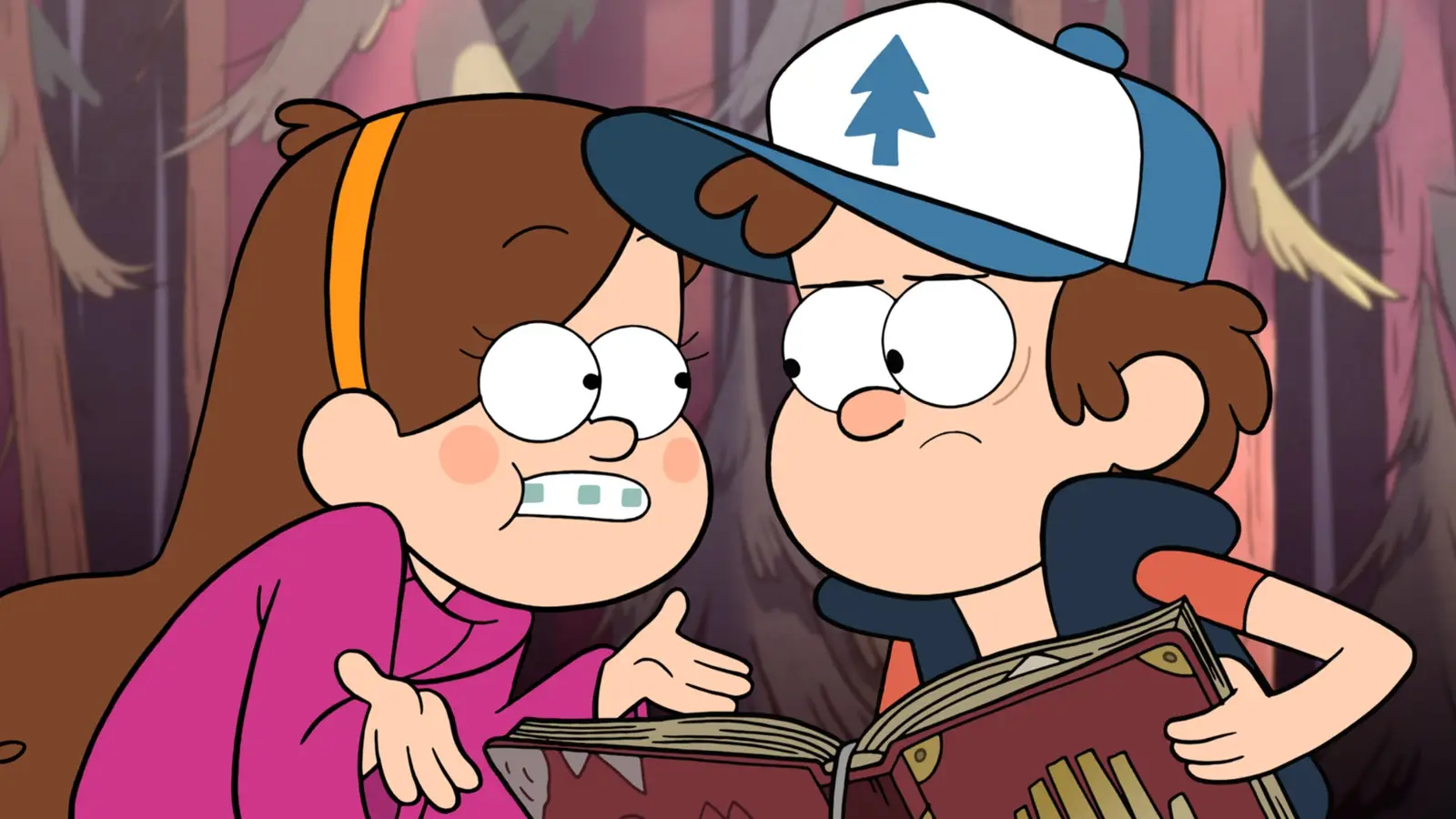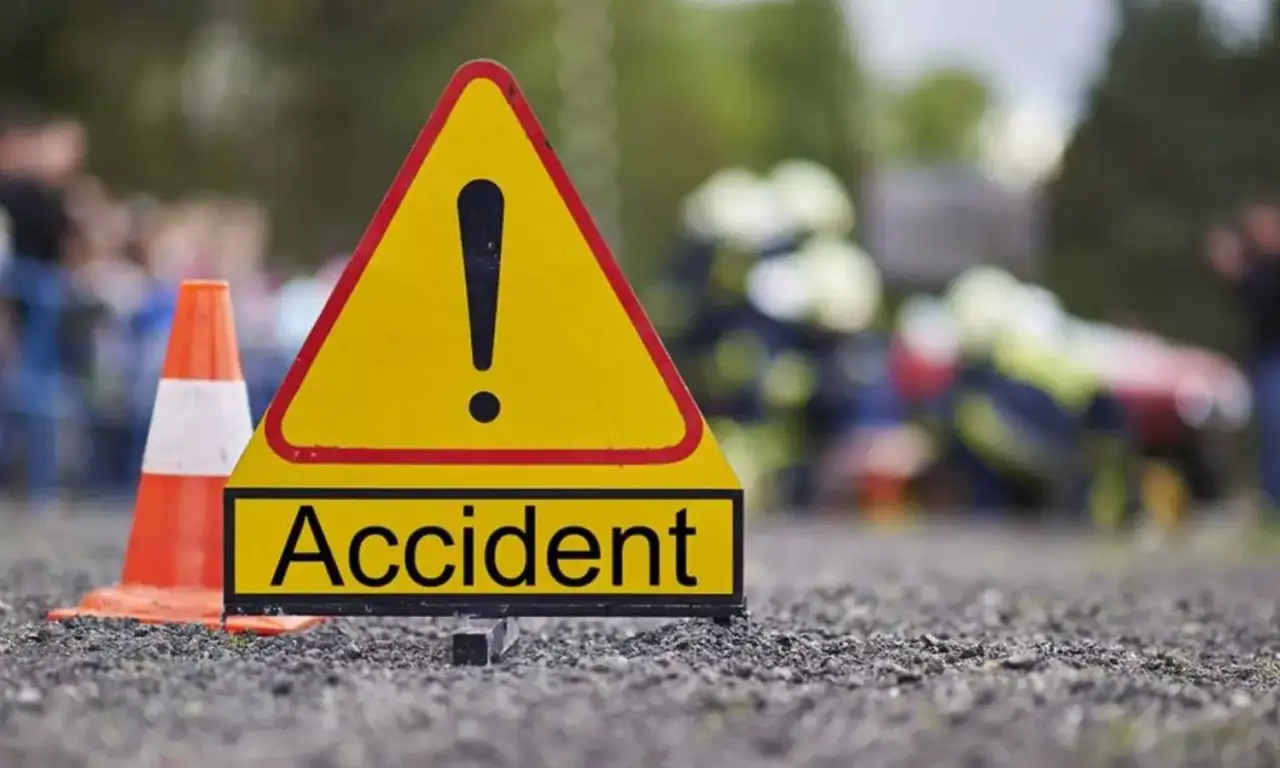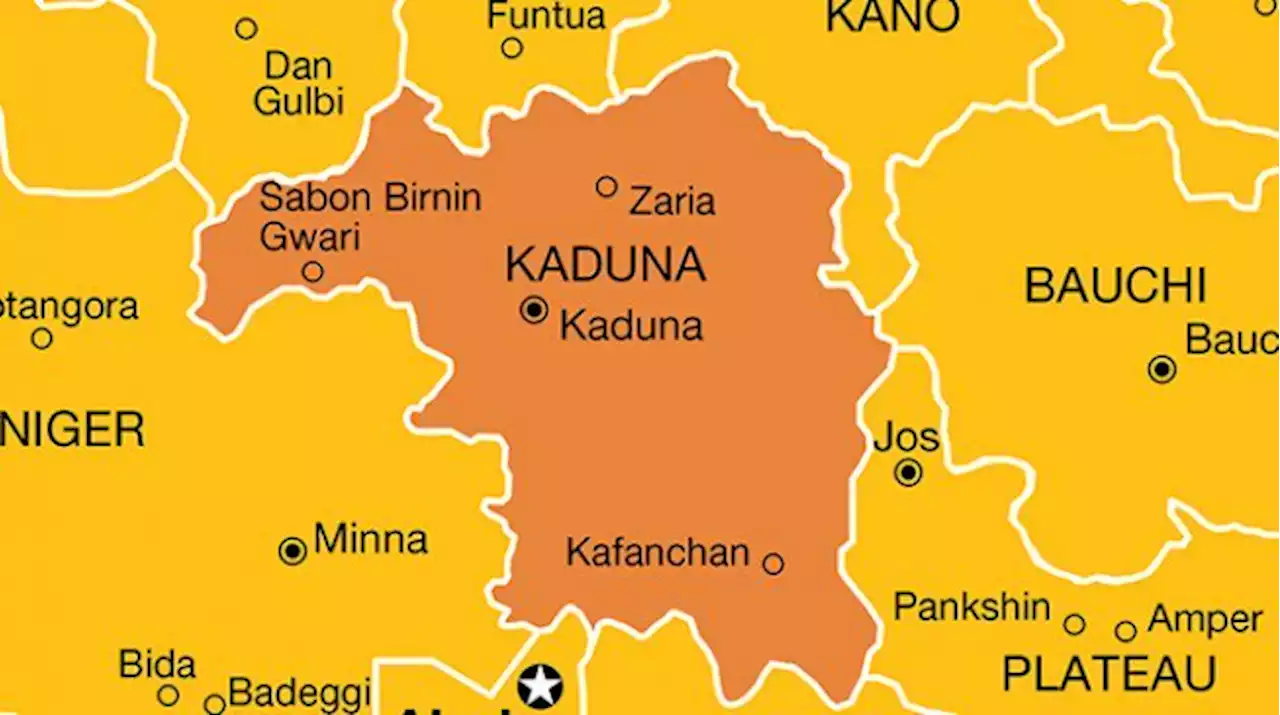
From 2010’s Adventure Time to 2019’s Love, Death & Robots, these are the greatest animated TV shows that debuted in each year of the 2010s. There are classic animated shows going back 60 years, but writers, directors, and animators keep pushing the envelope and reinventing the medium.
In the 2010s alone, there was a kids’ cartoon in the style of Twin Peaks, a mumblecore HBO dramedy about cartoon rats and pigeons living in New York City, and a cartoon about a talking horse that turned into a harrowing examination of mental illness. Here are the best animated shows to premiere in every year of the ‘10s.
2010: Adventure Time
Pendleton Ward’s Adventure Time is a perfect minimalist satire of the fantasy genre. It has a simple enough premise, following the adventures of a young boy named Finn and his superpowered dog Jake in the post-apocalyptic Land of Ooo, but within that premise, Ward has explored every fantasy trope under the sun and highlighted the power of friendship.
Throughout their adventures, Jake and Finn have encountered damsels in distress, evil overlords, and all kinds of monsters. But through it all, their brotherly bond shines through. Adventure Time’s offbeat comedy and gorgeous fantasy setting create an interesting juxtaposition. The show offsets the beauty of My Neighbor Totoro with the humor of Meatballs.
2011: Bob’s Burgers
Animated family sitcoms like The Simpsons, Family Guy, and American Dad! traditionally focus on horribly dysfunctional family dynamics. But Loren Bouchard took the opposite approach with Bob’s Burgers and presented a heartwarming vision of healthy home life. The Belchers support each other wholeheartedly; the worst thing Bob and Linda do as parents is use their kids for free labor.
Unlike those other shows, which use their limitless animated medium for all kinds of absurdist storylines, Bob’s Burgers focuses on grounded, relatable, real situations. For that reason, it’s been rightly compared to King of the Hill. The voice actors improvise a lot of their dialogue, so the show has a looseness and spontaneity that’s rarely seen in animation.
2012: Gravity Falls
Alex Hirsch brought the eerie mystery-box storytelling of shows like Lost and The X-Files to a children’s cartoon in Gravity Falls. The series begins with twins Dipper and Mabel being sent to spend a summer with their eccentric great-uncle Stan in the titular Gravity Falls, Oregon, a strange town full of supernatural creatures and paranormal activity.
Gravity Falls is essentially Twin Peaks for kids. It’s every bit the chilling sci-fi mystery that David Lynch and Mark Frost’s gonzo soap opera was, but it’s also a silly sitcom that appeals to young viewers. That kind of combination had never been done before, and it’s had a huge influence on cartoons since.
2013: Rick And Morty
In 2013, Dan Harmon helped to develop Justin Roiland’s vulgar parody of Back to the Future into one of the most profound sci-fi shows on the air. Rick and Morty’s interdimensional adventures combine the grounded family situations of The Simpsons with the mind-bending sci-fi storytelling (and mind-bending sci-fi visuals) of Futurama.
Rick and Morty is one of the few sci-fi sitcoms that succeed in both of their genres. It’s one of the funniest shows on the air, but it’s also genuinely thought-provoking science fiction. It uses sci-fi concepts to explore social commentary. It uses other worlds and their societies to contrast against our own.
2014: BoJack Horseman
Raphael Bob-Waksberg came up with an ingenious conceit for BoJack Horseman. He dressed it up as a silly cartoon set in a wacky world full of talking animals, focused on a washed-up sitcom star that happens to be a horse, and within that wacky world, he plumbed the darkest depths of the human soul.
The cast is a mix of humans and anthropomorphic animals, and true to the Far Side spirit, it’s treated as completely normal. They’re all just people doing their best and trying to live their lives. Within that interspecies cast, there are addictions, dysfunctional marriages, struggles with mental health, toxic relationships — it’s a dark prestige drama disguised as a goofy cartoon.
2015: F Is For Family
Bill Burr and Michael Price made two key changes to the Simpsons formula that made F is for Family feel fresh. For starters, the show took place in the 1970s, when family life was even more dysfunctional and people were a lot less sensitive to other people’s feelings. The cultural reference points are completely different, and a fun throwback.
But on top of that, Burr and Price also introduced the element of serialization. Every episode’s storyline has a knock-on effect to the next. It doesn’t hit the reset button like The Simpsons; the family’s problems persist. The next-door neighbor’s coke habit isn’t just a running gag; he faces the very real consequences of cocaine dependency.
2016: Animals
The 2010s saw visionary filmmakers like Lena Dunham and the Duplass brothers revolutionize the TV comedy. Shows like Girls, Louie, and Togetherness brought a subversively understated mumblecore approach to the stale sitcom format. Phil Matarese and Mike Luciano brought that mumblecore subversiveness to adult animation with their HBO series Animals.
Animals explores very real human problems, like being unlucky in love, grappling with gender identity, and struggling to get by, through the eyes of a bunch of rats and pigeons living in New York City. The characters are all animals, but they feel more human than most other characters on TV. No one else was doing an animated show quite like this, and no one has done anything like it since.
2017: Big Mouth
Big Mouth took the raunchy adult-oriented animated sitcom to new lows of depravity. Since streaming content isn’t policed as strictly as regular TV shows, Big Mouth was able to be even more graphic and gratuitous than South Park. But it’s not just shock humor for shock’s sake; it’s an important show with an important message.
In its coming-of-age story about a group of kids getting to grips with their changing bodies, Big Mouth openly discussed all the issues of puberty and adolescence that the genre typically shied away from. Big Mouth dealt with menstruation and consent and mental health in a refreshingly frank and informative way. This crass cartoon did a better job of educating people than the national sex ed curriculum.
2018: Big City Greens
The Houghton Brothers’ family sitcom Big City Greens arrived as a delightful surprise in 2018. The show begins with the eponymous Green family — Cricket and his sister Tilly, their dad Bill, and Bill’s mother, Gramma Alice — leaving their farm in the countryside to move to the fictional Big City. It’s a classic fish-out-of-water story.
Big City Greens is one of the funniest kids’ shows to come along in a while. The humor is razor-sharp, the characters are all well-observed and well-defined, and the family dynamic rings true. Much like SpongeBob SquarePants, Big City Greens is smart, wholesome, and hilarious enough to appeal to viewers of all ages.
2019: Love, Death & Robots
David Fincher and Tim Miller channeled their love of Heavy Metal into one of the strangest, most visually inventive animated anthologies ever produced. Love, Death & Robots didn’t limit itself to a strict format or animation style. Each episode is free to explore its own genre, its own tone, and its own visual style.



